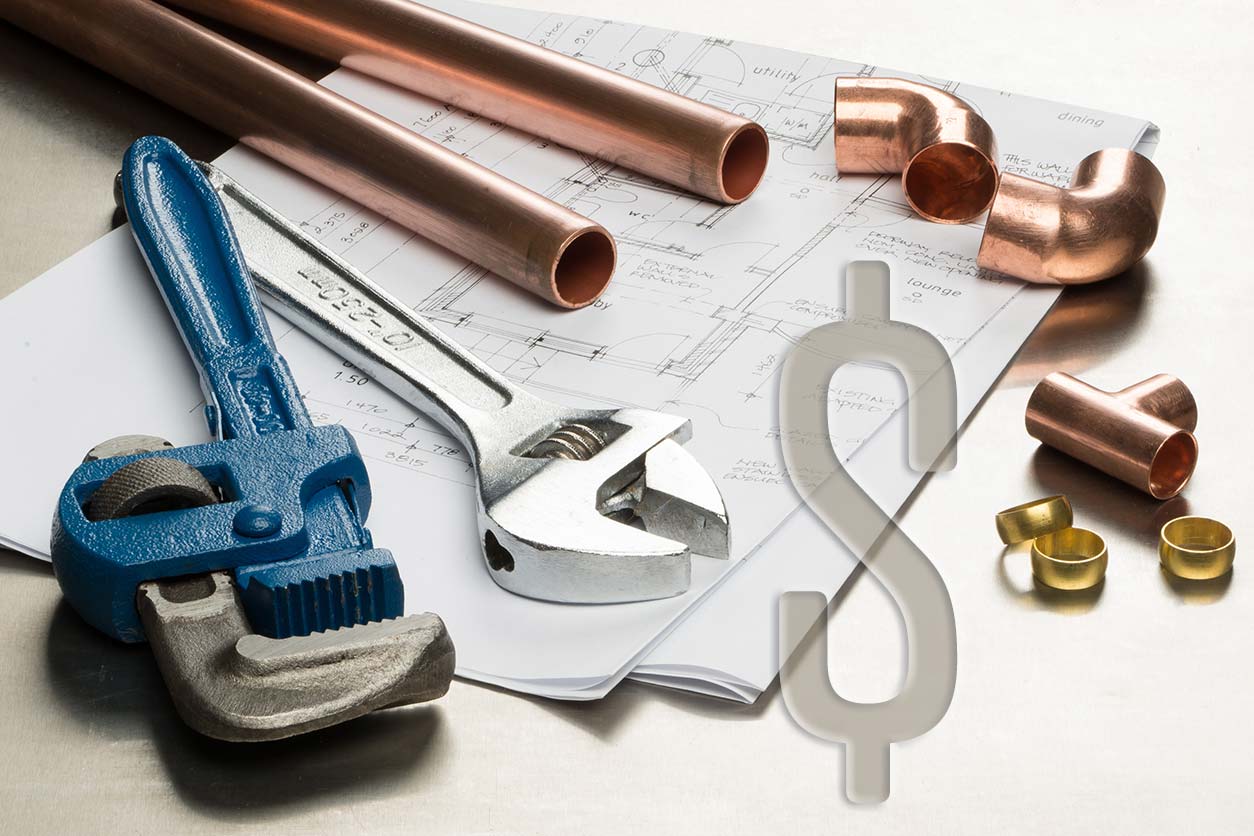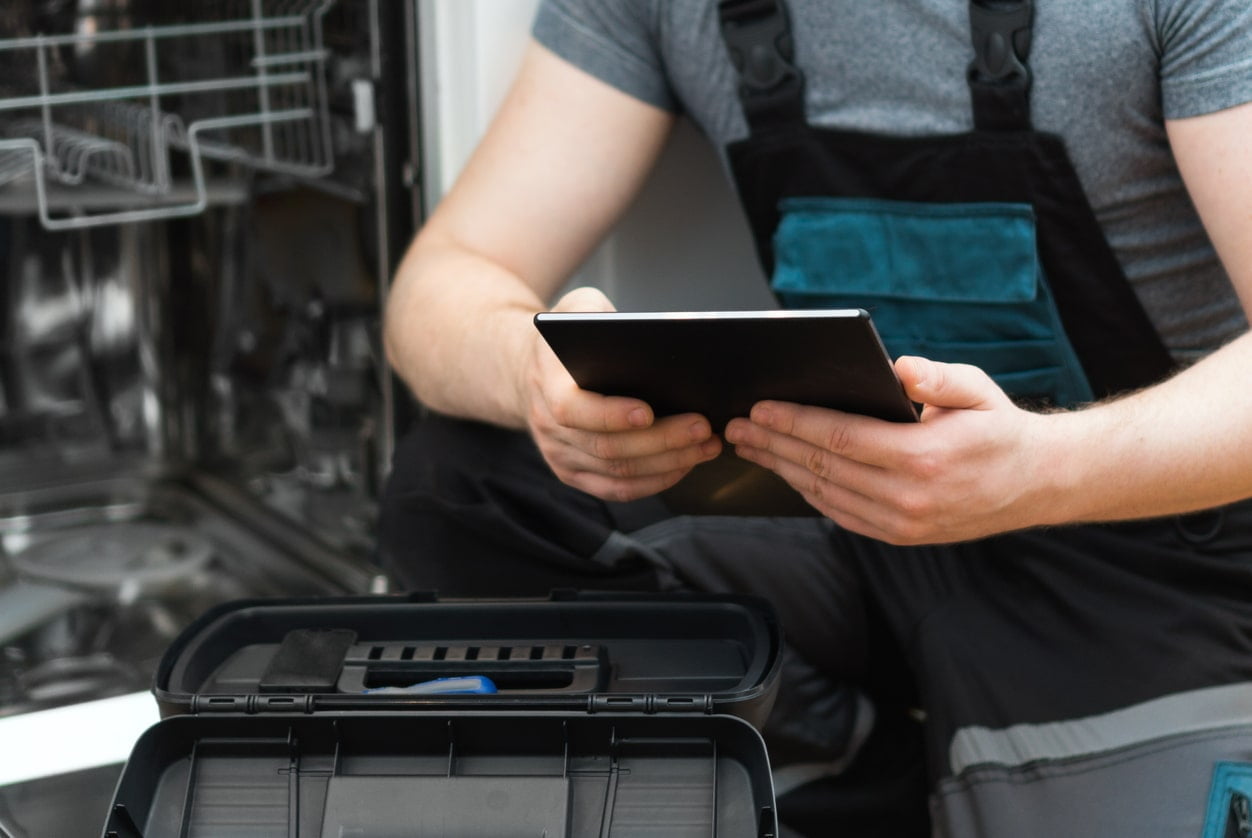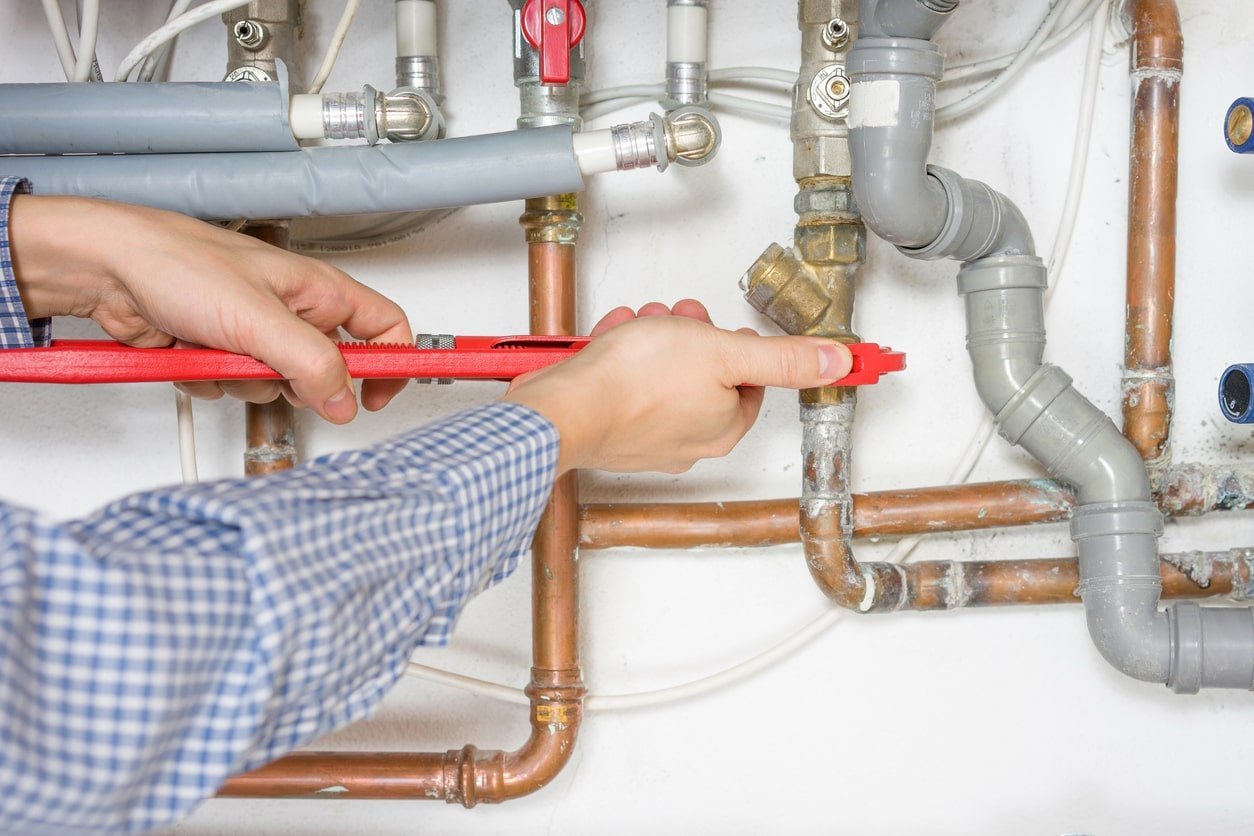What you need to know about bathroom plumbing installation
Are you thinking about building or renovating a full bathroom in your home?
You should be aware that it’s a complex, multi-stage project that requires a lot of organization. In fact, to make a bathroom functional, a variety of plumbing work will need to be performed one job after another.
You’ll also have to consider numerous elements, including the layout, the heating system, the furnishings, the toilet and the permits, among others.
Here are a few fundamentals to help ensure that the installation of your bathroom plumbing goes off without a hitch.
Proper planning
It’s important to know what to expect when having your bathroom plumbing installed. All of the steps must be followed carefully and in the right order.
First, don’t hesitate to call on a professional plumber who can provide guidance and advice to ensure that the work on your dream bathroom is done correctly. A professional plumber also has liability insurance, as well as certification from the Corporation of Master Pipe Mechanics of Quebec (known by its French initials, CMMTQ), which will guarantee all of the work.
Second, you should draw up plans for the layout of your bathroom. Keep in mind that a bathroom should be welcoming and functional (consider the amount of storage, for example). It should also address your specific needs. Most importantly, it should be constructed using high-quality, durable materials and furnishings.
Third, don’t forget to obtain the necessary permits from your city. A construction permit is mandatory if you’re building a new bathroom. However, if you’re renovating an existing bathroom, you’ll need to check with your city to find out if an improvement permit is required.
Last, the work must be performed in a certain order. For example, the plumber should install the pipes before the electrician does the wiring.
The three stages of plumbing installation
Now that you’ve completed the preparations, the bathroom plumbing installation work can begin.
It will be carried out in three stages:
1. Installation of the plumbing infrastructure
The first thing the plumber will do is install the pipes that will be hidden inside the walls and under the floor. These supply lines and drain pipes will channel clean water to the faucets, bathtub, shower and toilet and channel wastewater to the sewer system.
2. Installation of the bases
The second thing the plumber will do is install the bathtub and the shower base. There are various models of shower bases. For example, they can be recessed, free-standing, tile-ready or raised. The type of shower base your plumber installs will depend on various factors, including the model of your shower (Italian, raised, etc.), the shape of your shower (round, rectangular, etc.) and the type of drain (vertical, horizontal, recessed, etc.).
3. Finishing work
The final step consists of installing the faucets and other plumbing fixtures on the sink, toilet, bathtub and shower. There are many different types of faucets (single-lever taps, mixer taps, thermostatic mixers, electronic mixers, etc.). When choosing your plumbing fixtures, you’ll also want to keep in mind that, these days, they’re a full-fledged decorative element that will define the style of your bathroom.
In order to stay on schedule…
Don’t forget that, in most cases, once you’re ready, you’ll need to let your plumber know three to five days before performing the final step.
For the full installation of all your bathroom plumbing, contact the team of experts at Plomberie Roger Chayer: (514) 590-0666.











